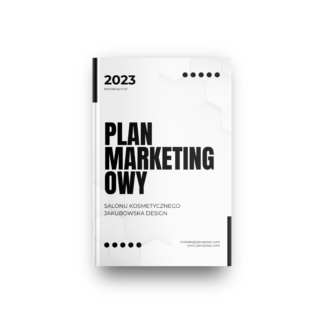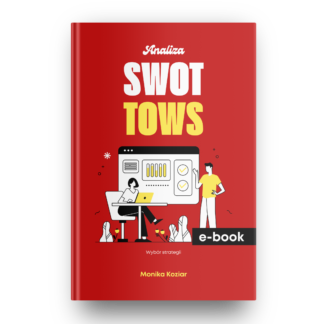
Business Model You: A One-Page Method For Reinventing Your Career was published in 2012. It was written by Timothy Clark, Doctor of Economics who lectures at the University of Tsukaba in Japan and Alexander Osterwalder and Yves Pigneur – the authors of the mentioned bestseller Business Model Generation. The guidebook was created by 328 experts from different parts of the world united in the community of BusinessModelHub.com.
Their personal business model was created with the business model from the previously mentioned book but this time it was used to describe, analyze and modify one’s own career. The book is mainly for those who would like to change their job and want to do it in a systematic way, which guarantees our satisfaction. While the business model from the previous edition was designed only for the organization, here the reader is supposed to treat himself as a one-man company.
The guidebook consists of 10 chapters. The first one proves that business model is very important also in your working life. The next part discusses a business model pattern. In my opinion, it is shorter but more accessible version of the text from Business Model Generation.
In the third chapter, the authors present the pattern of the personal business model paying attention to the differences between personal business model and the model in the organization. The order of filling the columns is changed. The reader is instructed how to build his personal business model of his own job.
The next chapter is more reflective and helps the reader to find his place and be successful doing what he really likes. He is also instructed how to make such kind of self-analysis as “wheel of life”, ”multiple roles”, “the axis of life”.
The fifth chapter presents some exercises which are necessary to identify the goal associated with our job. The next two parts discuss the possibility of modifying your personal business model by means of the newly outlined declaration. This allows a far-reaching transformation and creating a new business model. In the last chapters, it is described how to calculate your business value, verify your own business model in the market through contact with customers and how to fully use methodology of your personal business model.
From my point of view, introducing the new author (T. Clark) was an excellent idea since the book is better prepared i.e. it has more examples and presented techniques are described in a more understandable and comprehensive manner, even in those places where the previous content was reduced (e.g. when presenting the business model), it seems that the description is more familiar. It should be noticed that the book refers to other problems and cannot be used as a substitute for the guidance Business Model Generation. It may be a complement or a completely separate part which does not require knowledge of the previous book.
What I find very interesting is the study of human behaviour and his gateway to success. It seems that the description may have a significant influence on the creativity and the ability to generate new ideas, based on the experience of others. It is a great kind of intellectual stimulation through showing available options and the knowledge of other people.
Business Model You is similar to its predecessor, which means that it is oriented horizontally rather than vertically as it is usually used. It makes it quite difficult to read but on the other hand it allowed the authors to present schemas and patterns of the business models in an interesting manner. The book looks attractive and is solidly constructed.
Furthermore, it is aimed for people who are not satisfied with their jobs or who are convinced that they should be given more than they receive or who simply would like to give more. If you wonder “Why am I doing this?”, “Why my job is not satisfying?”, “Could I do something more?” this guidebook is for you. Owing to it, you will be able to make a constructive self-analysis and indicate a job, which would bring you a real satisfaction, could be compliant with your interests and which helps you to see a new you, if you could put it into practice.
Polecany poradnik - zawiera wzory i przykłady
Zobacz spis treści (PDF)
Jak szybko napisać plan marketingowy (EBOOK)





